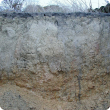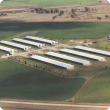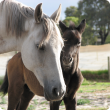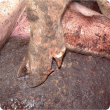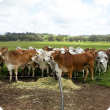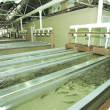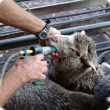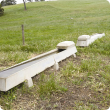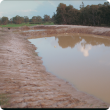Filter by regions:
- (-) Remove Great Southern filter Great Southern
- (-) Remove Mid West filter Mid West
- South West (856) Apply South West filter
- Wheatbelt (794) Apply Wheatbelt filter
- Peel (759) Apply Peel filter
- Goldfields-Esperance (711) Apply Goldfields-Esperance filter
- Perth regions (596) Apply Perth regions filter
- Gascoyne (536) Apply Gascoyne filter
- Kimberley (460) Apply Kimberley filter
- Pilbara (458) Apply Pilbara filter

